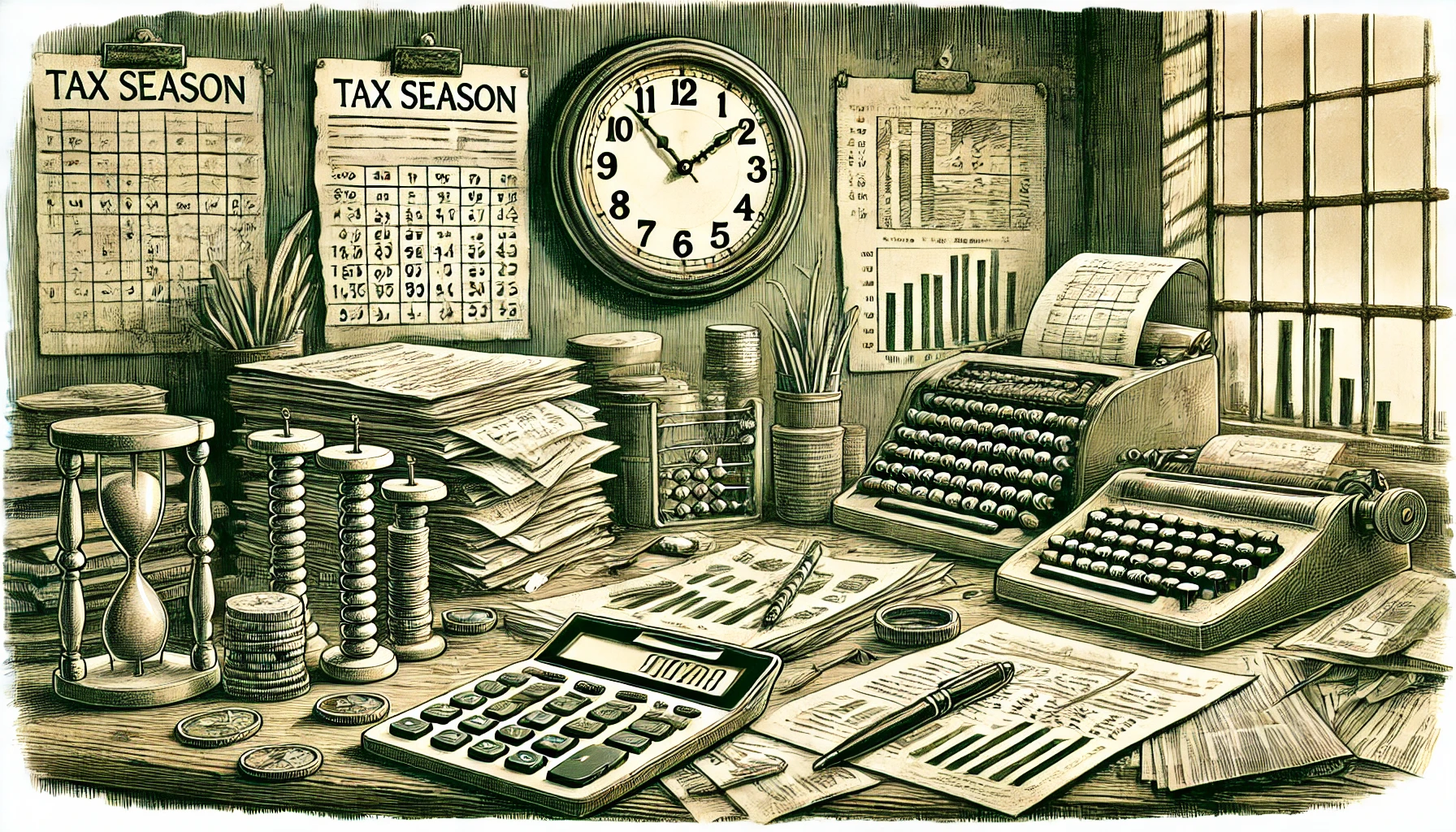Tax laws may seem complex, but this is where one of the biggest advantages of Education Opportunity Funds (EOF) or Community Support Funds (CSF) apply. Everything needed to get tax deductions is already available through these funds. However, just to make sure that everything is covered, let’s look at some tax season tips that EOF owners and CSF donors need to know.
Just to be clear, BrightLeaf provides tax receipts through EOFs and CSFs. As such, donors involved in these programs will get everything they need to get tax deductions. This blog post will simply provide supplementary information that fund managers will want their donors to know.
Understanding the Tax Benefits of EOFs and CSFs
Both EOFs and CSFs give donors the chance to make a measurable difference in people’s lives. Every contribution to these funds also qualifies for charitable tax deductions, reducing taxable income. Both funds provide accurate donation record keeping and follow IRS rules, as well.
Key Tax Season Tips
Below are three essential steps to help donors take advantage of the tax benefits offered by EOFs and CSFs.
1. Don’t Lose Your Tax Receipts
Here’s the thing. Every donation made through BrightLeaf’s EOF and CSF programs is tracked and recorded. Receipts are then provided that donors can use for tax deductions. As such, it is imperative to store these receipts safely. Doing so will prevent the IRS from making a fuss when it’s time to file your income tax.
2. Time Your Contributions
EOF owners and CSF donors should be made aware that donations made before December 31 count for that tax year. In contrast, contributions in January will fall under the next year’s returns. By timing gifts strategically, donors can boost their deductions when they need them most.
Some donors spread out their contributions over the year. Others prefer to make lump-sum donations toward the end of December. Each approach has its own benefits, depending on the financial situation. If they want a steady routine of giving, they should consider setting up recurring monthly gifts. This plan allows them to budget effectively while also helping the fund receive reliable support.
- Make sure donations are processed by December 31.
- Consider scheduling a year-end contribution for maximum impact.
- Use recurring gifts to form a consistent giving pattern.
These simple steps support smart tax planning for donors, letting them keep control of their deductions. Timing their contributions can be especially useful if they anticipate changes in their income. For example, if a donor expects a higher taxable income this year, donating before the cutoff can help reduce their final tax liability.
3. Seek Out Experts
Even with the advantages offered by EOFs and CSFs, tax rules can still get complicated. While basic guidelines are straightforward, certain exceptions and limits can apply to specific donors. As such, EOF owners and CSF donors are advised to:
- Seek advice from tax professionals or financial advisors.
- Use compliance specialists for accurate reporting.
- Stay updated on any changes to IRS rules.
Working with experts means having someone on their side who monitors shifting regulations.
Common Mistakes to Avoid
Even well-meaning donors can run into trouble if they overlook a few key details. Below are common pitfalls that should be avoided.
1. Missing the December 31 Deadline
Many donors plan to give, but fail to send their donations on time. If their contribution is not processed by December 31, they lose that year’s deduction. This small oversight can push their tax benefits into the following year.
2. Ignoring Deduction Limits
Donors should know the percentage of their adjusted gross income (AGI) that they can donate. Some donors exceed these limits and end up carrying deductions into later years. While this option is not always bad, it is better to plan ahead and donate within set guidelines.
BrightLeaf’s Role in Supporting Donors
BrightLeaf Consulting for Nonprofits handles EOF and CSF compliance management and detailed reporting, among many things. All of which benefit fund owners, fund managers, and donors such as:
- Compliance management to satisfy IRS rules.
- Reports that simplify the tax preparation process.
- Ongoing support for both EOF owners and CSF fund managers.
Conclusion
EOFs and CSFs are powerful avenues for philanthropy. They support scholarships, grassroots programs, and vital community projects. By planning carefully, donors can use these funds to make a real difference, while also claiming valuable charitable tax deductions.
We have discussed the importance of donation record keeping, timing contributions, and working with experts. Each of these points plays a key part in effective tax planning.
Contact BrightLeaf to learn more about EOF or CSF’s tax advantages today!

